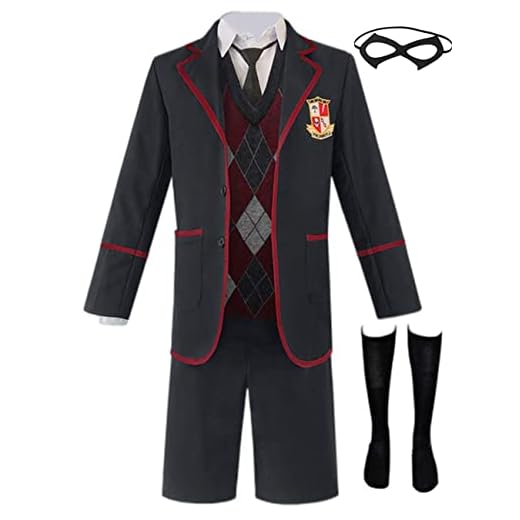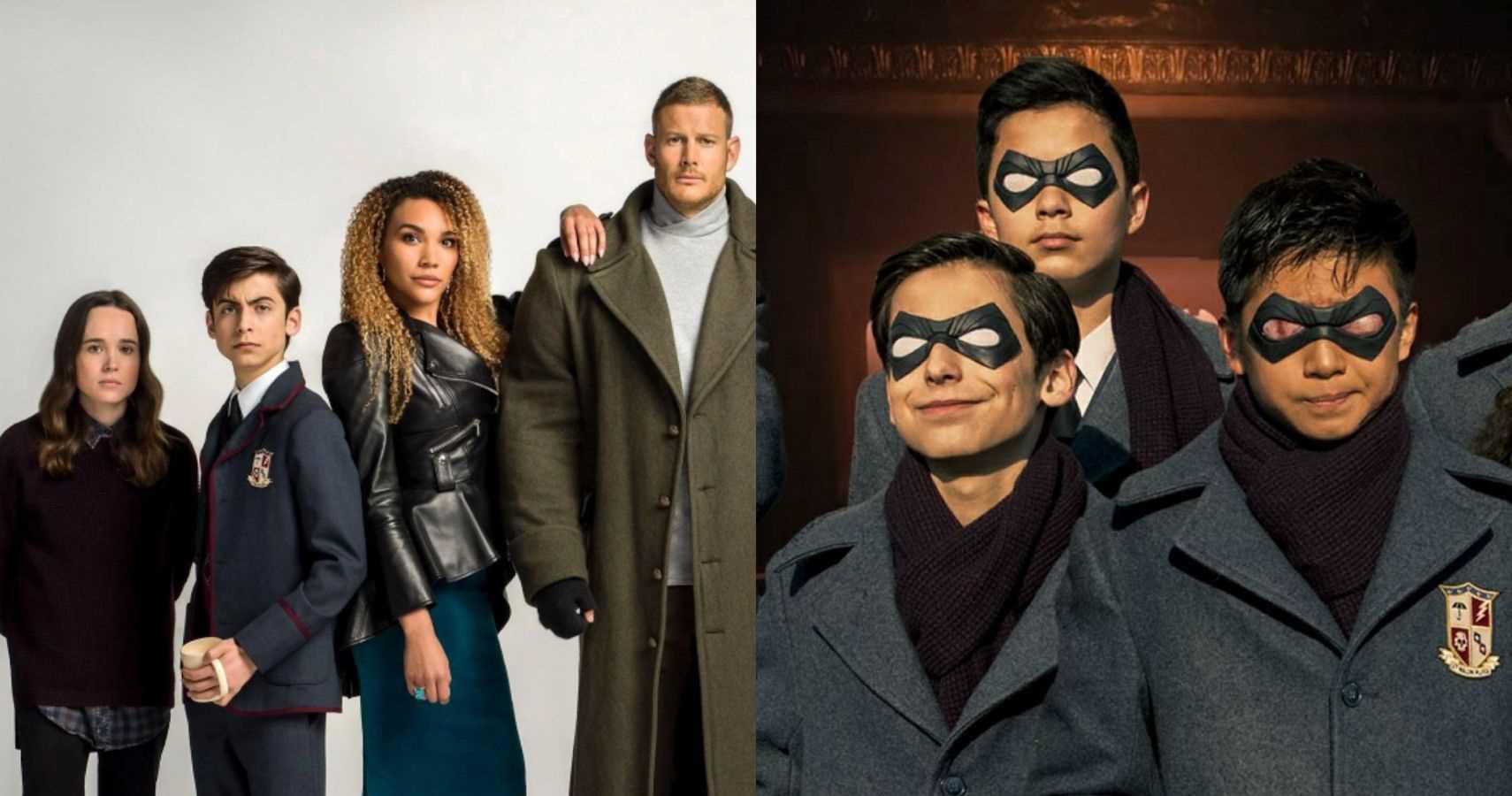


Let’s get straight to the point: this article evaluates the most compelling and least appealing figures from the acclaimed show. Whether you’re a long-time fan or a newcomer to the series, you’ll find insights that deepen your understanding of these personalities and their roles.
In this piece, I will break down various aspects of each figure, highlighting their strengths, weaknesses, and overall impact on the storyline. From the charismatic to the frustrating, every role contributes uniquely to the narrative, and it’s important to recognize how they shape the viewer’s experience.
This analysis is designed for anyone seeking to enhance their appreciation of the series, offering a clear perspective on what makes some figures resonate strongly while others fall flat. Expect a blend of character assessments, memorable moments, and a few surprises along the way.
Best and Worst Characters from the Series
The portrayal of various figures in the narrative showcases a mix of compelling personalities and less favorable traits. Among the standout individuals, some captivate with their depth and development, while others struggle to resonate with the audience.
One of the most compelling figures is Klaus, whose charm and complexity create a memorable character. His ability to navigate through grief and addiction, paired with his unique supernatural gift, adds layers to his persona. Conversely, Vanya’s journey, while initially intriguing, often leaves viewers feeling disconnected due to her repetitive conflict arcs and lack of engagement with other protagonists.
Character Analysis
In evaluating these intriguing individuals, several aspects come into play:
- Klaus: An engaging mix of humor and depth, navigating personal struggles while providing comic relief.
- Five: His time-traveling abilities and sharp wit make him a pivotal force in the storyline, often driving the plot forward.
- Luther: While he embodies the role of the protector, his character often feels one-dimensional, lacking the growth seen in others.
On the other hand, some figures do not connect as effectively:
- Vanya: Her storyline can feel repetitive, creating a barrier to audience empathy.
- Allison: Although she has moments of strength, her character sometimes leans into tropes that limit her development.
Ultimately, the mix of engaging and less impactful personas contributes to the series’ overall dynamic, highlighting the varied responses from the audience.
Standout Performers: Stellar Figures in the Series
The narrative thrives on the compelling dynamics of its ensemble, making certain individuals particularly memorable. One such figure is Klaus, whose ability to communicate with the dead brings both humor and depth to the storyline. His journey through trauma and self-discovery resonates, showcasing his complexity beyond mere comic relief.
Another remarkable presence is Five, a time-traveling prodigy whose intellect and resourcefulness drive the plot. His determination to alter fate while grappling with the consequences of his actions adds layers to his persona, making him a pivotal player in the unfolding drama.
Noteworthy Contributions
- Vanya: Struggling with identity and acceptance, her evolution from a sidelined sibling to a powerful force is captivating.
- Diego: The rebellious nature and fierce loyalty create tension and drama, enriching the group’s interactions.
- Allison: Her ability to manipulate reality through her words introduces moral dilemmas, enhancing the narrative’s complexity.
Each of these individuals embodies unique traits that contribute significantly to the overall impact of the series. Their relationships and personal growth not only entertain but also provoke thought, making them stand out in a crowded ensemble.
Flawed Heroes: Analyzing the Most Liked Characters
The appeal of certain protagonists in this series lies in their imperfections, making them relatable and engaging. Their struggles resonate with viewers, allowing for a deeper connection. The complexity of their personalities contributes to the emotional weight of the narrative.
For example, one character grapples with personal demons while striving for redemption. This internal conflict not only drives the plot but also showcases the multifaceted nature of human experience. Audiences find themselves rooting for these individuals, despite their mistakes and missteps.
Key Attributes of Beloved Figures
Several traits contribute to the likability of these flawed figures:
- Relatability: Their vulnerabilities mirror real-life challenges.
- Growth: Many undergo significant development, reflecting the journey of self-discovery.
- Humor: Witty banter often lightens darker moments, enhancing their appeal.
These elements create a compelling narrative arc, allowing viewers to witness evolution in character dynamics. Such portrayals emphasize that heroes can emerge from flawed beginnings, offering hope for personal transformation.
Disappointing Arcs: Characters That Missed the Mark
Several individuals in this series fall short of expectations, leaving viewers wanting more. Their development often feels rushed or incomplete, leading to frustration among the audience.
One particular figure stands out due to a lack of depth in their storyline. Initially introduced with great potential, their journey quickly devolves into clichés, failing to explore the complexities that could have enriched their narrative. This missed opportunity to craft a compelling arc resulted in a character that feels one-dimensional.
Key Examples of Underwhelming Development
- Character A: Initially portrayed as a formidable presence, their motivations lack clarity, leading to a disconnect between actions and emotional responses.
- Character B: Despite a promising start, the trajectory of their story becomes predictable, missing the chance for significant growth.
- Character C: Their potential for complexity is overshadowed by repetitive patterns, leaving little room for exploration or transformation.
These narratives highlight the importance of thoughtful character development. Without it, even the most intriguing individuals can fade into the background, leaving viewers disappointed.
While some figures shine brightly, others serve as reminders of the pitfalls of narrative choices. Audiences are left hoping for richer portrayals in future installments, seeking to connect with characters on a deeper level.
Complexity in Relationships: The Best Character Dynamics
The interactions between different personalities create compelling narratives, particularly in a universe where extraordinary abilities coexist with human flaws. The intricacies of these relationships demonstrate how personal histories shape connections, often leading to unexpected alliances or deep-seated conflicts.
One notable dynamic is the sibling rivalry that manifests in various ways. This tension often stems from differing ideologies and life choices, resulting in both conflict and reconciliation. Characters who challenge each other’s beliefs push personal growth, revealing layers of vulnerability and strength.
Key Relationships
- Sibling Bonds: The complexity of shared history enhances their interactions, allowing for moments of both camaraderie and betrayal.
- Mentor and Protégé: The relationship between an experienced figure and a younger counterpart often showcases the struggle between guidance and independence.
- Antagonistic Partnerships: Conflicting interests can lead to temporary alliances, highlighting how necessity can bridge divides.
Each dynamic not only propels the plot but also invites viewers to reflect on their own relationships. Understanding how trauma, loyalty, and ambition intertwine enriches the viewing experience.
Character Development: Who Grew and Who Stagnated
Analysing the evolution of individuals within the ensemble reveals distinct trajectories. Some exhibit substantial growth, while others remain largely static throughout their narratives.
Consider the transformation of one particular sibling, whose journey from a troubled past to a position of leadership exemplifies significant development. This character grapples with personal demons, ultimately finding resilience and purpose, which adds depth to their role. Conversely, another member struggles to break free from their established patterns, showing reluctance to evolve beyond initial traits.
Growth Patterns
- Character A: Transitions from insecurity to confidence, embracing leadership.
- Character B: Learns to confront past mistakes, resulting in emotional maturity.
Stagnation Patterns
- Character C: Remains trapped in a cycle of denial, lacking personal growth.
- Character D: Continues to rely on destructive habits, showing no progression.
The dynamics among the cast illustrate how individual arcs can significantly influence group interactions. While some evolve into more complex beings, others reflect a reluctance to change, creating tension and drama within the storyline.
Fan Favorites vs. Critics’ Choices: A Comparative Look
For fans, characters like Klaus and Five often shine due to their unique personalities and story arcs. Klaus’s humor and unpredictability resonate deeply, while Five’s complexity and intelligence capture attention. Critics, however, may favor characters such as Vanya and Luther for their emotional depth and development throughout the series.
This disparity highlights differing perspectives on what makes a personality compelling. Fans often gravitate towards charisma and humor, while critics may focus on character growth and narrative significance.
Key Takeaways
- Fan Favorites:
- Klaus: Known for his comedic relief and charm.
- Five: Valued for his intelligence and intricate story.
- Diego: Lauded for his rebellious spirit and action-oriented approach.
- Critics’ Choices:
- Vanya: Praised for her emotional journey and character evolution.
- Luther: Recognized for his struggles and moral dilemmas.
- Allison: Noted for her complex relationships and ethical challenges.
This comparison illustrates a rich tapestry of preferences, where individual connections to particular roles can greatly influence opinions. The interplay between audience engagement and critical analysis enriches discussions surrounding this unique narrative, showcasing the multifaceted nature of storytelling.
Best and worse umbrella academy characters
Features
| Part Number | 9781506718040 |
| Color | White |
| Release Date | 2020-03-17T00:00:01Z |
| Edition | Deluxe |
| Language | English |
| Number Of Pages | 216 |
| Publication Date | 2020-03-17T00:00:01Z |
| Format | Illustrated |
Features
| Color | Men |
| Size | Small |
Features
| Color | Man |
| Size | Small |
Video:
FAQ:
What are some of the best characters in The Umbrella Academy and why do fans love them?
Among the best characters in The Umbrella Academy, Number Five stands out due to his intelligence and unique ability to time travel. Fans appreciate his witty personality and his complex backstory, which adds depth to his character. Additionally, Klaus, with his humorous yet emotionally charged storyline, resonates with viewers who enjoy his journey of self-discovery and acceptance. Lastly, Vanya, especially in the later seasons, shows significant growth and complexity, making her a favorite for those who appreciate character development.
Which characters are considered the worst in The Umbrella Academy, and what do viewers dislike about them?
Some fans consider Diego and Allison among the less favorable characters due to their often frustrating decisions and interpersonal conflicts. Diego’s stubbornness can come off as irritating, while Allison’s struggles with her powers and relationships sometimes create a disconnect with the audience. While both characters have their redeeming qualities, their actions can lead to moments that viewers find difficult to support, causing them to rank lower on the list of favored characters.
How do the character dynamics in The Umbrella Academy contribute to the show’s appeal?
The character dynamics in The Umbrella Academy play a crucial role in attracting viewers. The interactions between the siblings, each with their distinct powers and personalities, create a rich tapestry of conflict and camaraderie. The tension stemming from their past relationships adds emotional weight to the narrative, allowing audiences to engage deeply with their stories. Additionally, the blend of humor and drama in these interactions keeps the tone fresh and captivating, making the show enjoyable to watch.







